About Digital Art . . .
From my perspective...
As a graphic designer I pull ideas from all directions. Pencils, brushes, pallet knives, paper, cameras, computers are just tools and I have the power to use all these tools anyway I choose. There's no difference in a piece of paper, a canvas, a wall or a computer screen... for an artist these are all places to create.
There are Photographers that don't believe in computers. There are Painters that don't believe in computers, cameras or projectors. Every artist uses what they believe in, trust and expect to get the results they want. Me, I don't believe in restricting myself and I'll use any tool to get me where I'm going. It's just like going around the block. I can walk, I can ride a bike, a horse, a car but I'm going to get around the block one way or the other, it doesn't matter how I get there, I'm going to get there.
Many tell me my digital art is not really art. Many photographers and painters don't care for me because I use tools (the same tools they use) in a different way. Programs have paintbrushes just like a painter uses only these brushes paint with pixels, so it is all in the way you look it. My digital art may start with digital photos, scanned photos, scanned drawings or vector art that I draw on a screen instead of paper. Many people say "Oh you just adjusted the color using Photoshop" yeah, and if this were true everybody could and would do it.
It's not easy but if it were I probably wouldn't do it. I like the fact that I can use a brush as easy as I can a mouse and a pencil or charcoal as easy as I can a mouse or stylus. My art is in a digital form, this is why everyone can enjoy it as a print, on a coffee cup or even a shower curtain or coaster.
Art is everything you use from your toothbrush to the clothes you wear, the mode of transportation you use, the house you live in or the roads we drive on, so never discount art because you will always need it. We all must have it everywhere, every day in everything we do and somebody had to create that, somebody had to design it and we don't care how they got there... we are just glad they did.
Anyway, For those of you who like definitions somebody tried to explain it and this explanation follows - courtesy of Wikipedia.
Digital art
From Wikipedia, the free encyclopedia
Digital art is an artistic work or practice that uses digital technology as an essential part of the creative or presentation process. Since the 1970's, various names have been used to describe the process including computer art and multimedia art, and digital art is itself placed under the larger umbrella term new media art.
After some initial resistance, the impact of digital technology has transformed activities such as painting, drawing, sculpture and music/sound art, while new forms, such as net art, digital installation art, and virtual reality, have become recognized artistic practices.[4] More generally the term digital artist is used to describe an artist who makes use of digital technologies in the production of art. In an expanded sense, "digital art" is a term applied to contemporary art that uses the methods of mass production or digital media.
Digital production techniques in visual media
Lillian Schwartz's Comparison of Leonardo's self portrait and the Mona Lisa based on Schwartz's Mona Leo. An example of a collage of digitally manipulated photographs
The techniques of digital art are used extensively by the mainstream media in advertisements, and by film-makers to produce visual effects. Desktop publishing has had a huge impact on the publishing world, although that is more related to graphic design. Both digital and traditional artists use many sources of electronic information and programs to create their work.[6] Given the parallels between visual and musical arts, it is possible that general acceptance of the value of digital art will progress in much the same way as the increased acceptance of electronically produced music over the last three decades.
Digital art can be purely computer-generated (such as fractals and algorithmic art) or taken from other sources, such as a scanned photograph or an image drawn using vector graphics software using a mouse or graphics tablet. Though technically the term may be applied to art done using other media or processes and merely scanned in, it is usually reserved for art that has been non-trivially modified by a computing process (such as a computer program, microcontroller or any electronic system capable of interpreting an input to create an output); digitized text data and raw audio and video recordings are not usually considered digital art in themselves, but can be part of the larger project of computer art and information art. Artworks are considered digital painting when created in similar fashion to non-digital paintings but using software on a computer platform and digitally outputting the resulting image as painted on canvas.
Andy Warhol created digital art using a Commodore Amiga where the computer was publicly introduced at the Lincoln Center, New York in July 1985. An image of Debbie Harry was captured in monochrome from a video camera and digitized into a graphics program called ProPaint. Warhol manipulated the image adding color by using flood fills.
As always if you have any questions just contact me.
